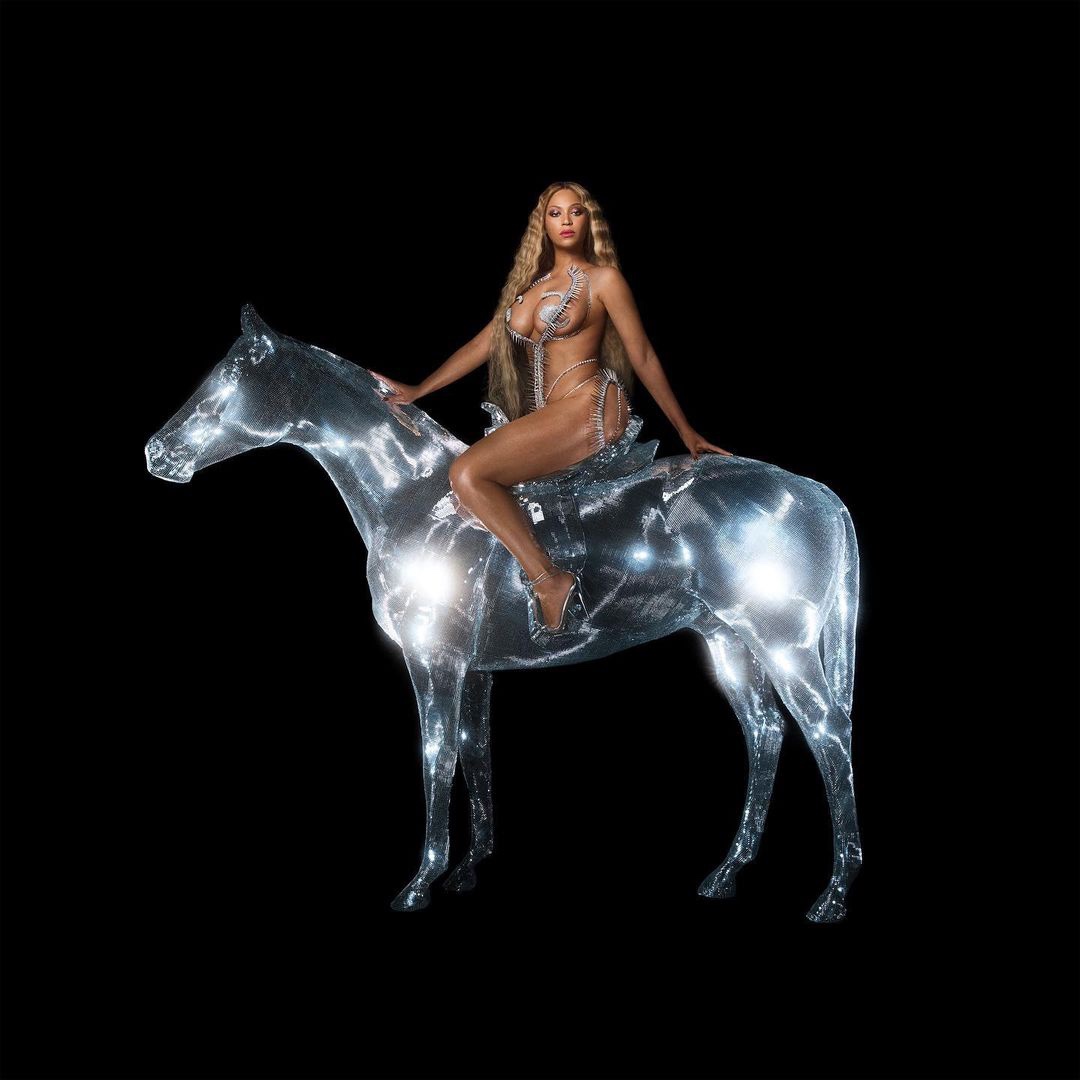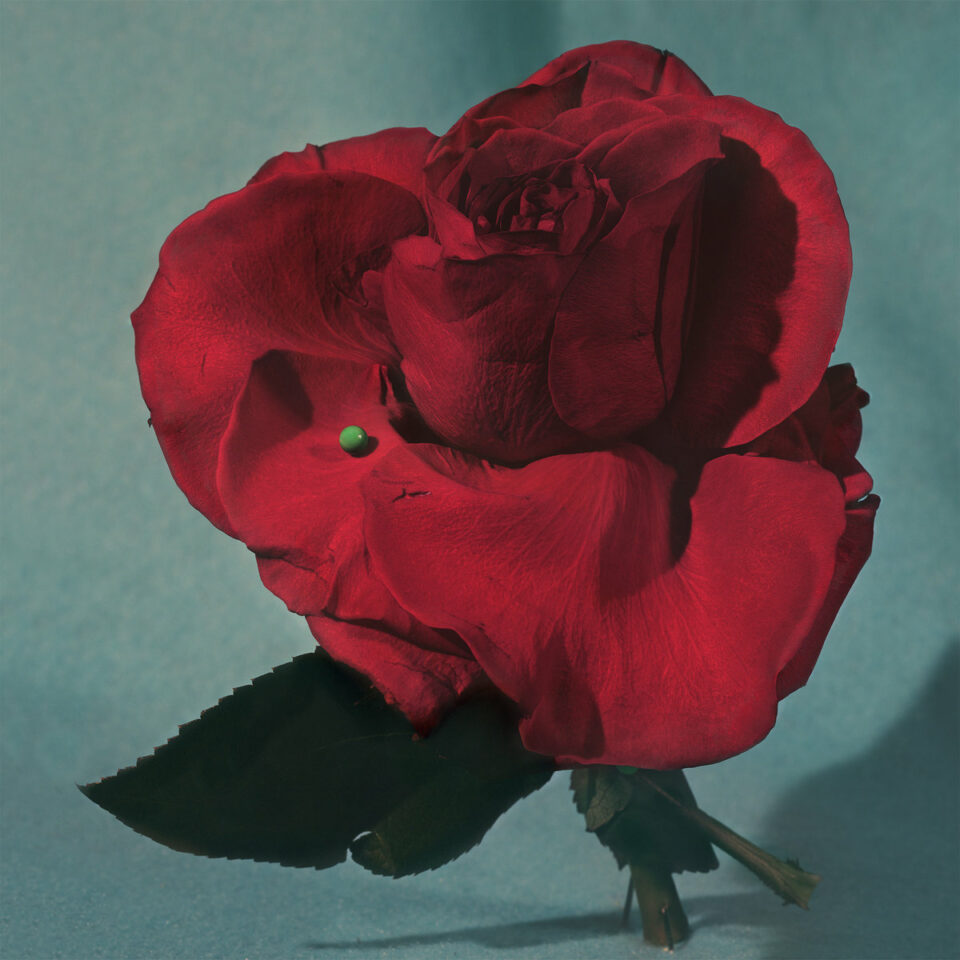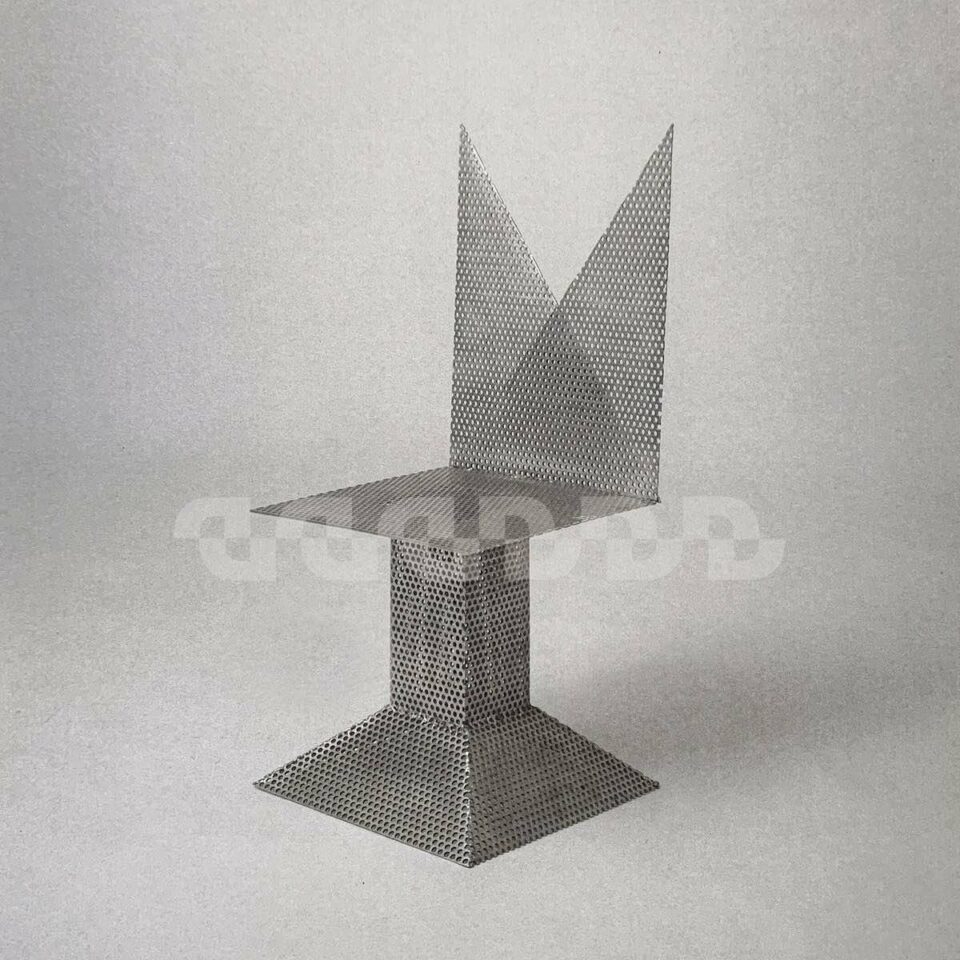Beyoncé
Renaissance
COLUMBIA
ABOVE THE CURRENT
Despite sampling Robin S.’s dance hit “Show Me Love” and adding a wealth of ’90s-era sequencers to its mix, Beyoncé’s Renaissance is about as much of a house album (as it was rumored to be before release) as Top Gun: Maverick is a film about aviation. Certainly, freedom and flight exist within the walls of Bey’s seventh solo album with a hint of house music’s sequencers to light its way. However, beyond the bounce of its rhythms and its inferences of disco (using Nile Rodgers’ signature guitar flicker, Grace Jones’ cool vocal demeanor, and interpolations of Giorgio Moroder and Teena Marie), what Renaissance is truly about is abandon and joy, something celebratory that hasn’t been in Bey’s music since 2006’s B’Day.
In fact, save for the anthemic “America Has a Problem,” which is tied to much of her recent forays into the newsy, the socially aware, and the desire for Black consciousness’ connectivity and empowerment, much of Renaissance is ripe with sexuality (“Cuff It,” “Alien Superstar”) and a spirit more personal and intimate than it is communal and broad.
One element of the deeply personal finds Beyoncé reaching back into her life and celebrating an influential LGBTQ+ family member, Uncle Johnny. Along with getting a tribute in the album’s booklet, “Heated” pays its debt to the family’s beloved overseer with “Uncle Johnny made my dress / That cheap spandex, she looks a mess.” Along with that familial nod, Renaissance’s debt to gay culture and to ballroom uplift (“Pure/Honey”) is unique within the Beyoncé canon. By reaching inward, Bey has reached outward and found a tender lyrical space in her work to go with vocal textures and nuances rarely heard.
Speaking of a Beyoncé voice infrequently witnessed—the raps. Though Renaissance is not the first time she’s shared her ebbs, flows, and rhymes (she did go toe-to-toe with husband JAY-Z on their duet album Everything Is Love), tracks such as “Church Girl” and “Cozy,” with their respective James Brown and drum-line references, are the best examples of a spitting, rhyming Bey on the mic. Add in Beyoncé’s full-throated attack when it comes to the funk of “Plastic Off the Sofa” (great title), Mike Dean’s Phil Collins–level drum kicks on “Summer Renaissance,” and the digital-underground throb of “Thique,” and this is the Beyoncé who ruled righteously over the bizarre power-drive rhythms of “Crazy in Love.”
Now, I loved, loved, loved the ire-and-angsty Beyoncé of Lemonade and that album’s riveting brand of R&B. But Beyoncé is mightiest when using her elastic vocal skills and trills through energetic and challenging rhythms while finding her way back into uniquely personal lyric writing. That’s a renaissance.









